Have you ever encountered Carrier reefer code A28 while dealing with refrigerated transportation? This mysterious code can be frustrating to decipher, but fear not! We are here to shed light on the subject and provide you with solutions to fix this issue.
Carrier reefer code A28 is an indicator of a low suction pressure problem in the unit. But what causes this issue? Is it a simple fix or a complex repair? Let’s dive deeper into the details and discover how to tackle this challenge.
Key Takeaways:
- Carrier reefer code A28 signifies a low suction pressure issue in the unit.
- Possible causes include low refrigerant level, a malfunctioning expansion valve, or a clogged condenser.
- Diagnose the problem by checking for leaks, inspecting the refrigerant level, and examining the expansion valve.
- Regular maintenance and timely repairs are crucial for optimal functioning of carrier reefer units.
- Utilizing carrier reefer tracking systems can help monitor performance and enhance efficiency in refrigerated transport operations.
Common Causes of Carrier Reefer Code A28
When it comes to refrigerated transportation, reefer trucking, and reefer container monitoring, understanding the common causes of Carrier reefer code A28 is crucial. This code indicates a low suction pressure issue in the unit, which can impact the proper functioning of refrigerated freight services and the overall cold chain logistics.
One of the common causes of Carrier reefer code A28 is a low refrigerant level. This can occur due to leaks in the system, which can lead to decreased cooling capacity and poor temperature control. It is important to regularly check and maintain the refrigerant level to prevent this issue from occurring.
Another possible cause of the code A28 is a malfunctioning expansion valve. The expansion valve regulates the flow of refrigerant into the evaporator, and any malfunction can disrupt the proper operation of the reefer unit. A thorough inspection and timely replacement of the expansion valve can help resolve this issue.
Clogged condensers and iced-up evaporators can also contribute to low suction pressure and trigger the Carrier reefer code A28. A clogged condenser restricts the airflow, while an iced-up evaporator reduces the heat transfer efficiency. Regular cleaning and maintenance of these components can prevent the occurrence of this problem.
Addressing these common causes promptly is essential to ensure the integrity of temperature-controlled shipping and maintain the efficiency of reefer trucking and reefer container monitoring services. By identifying and resolving these issues, businesses can minimize disruptions and enhance their refrigerated freight operations.
Reefer container monitoring plays a vital role in detecting and preventing the common causes of Carrier reefer code A28. Advanced monitoring systems can provide real-time insights into the temperature, humidity, and other critical parameters of the reefer containers, allowing for proactive maintenance and timely interventions. By leveraging technology, businesses can optimize their refrigerated freight services and ensure the reliable transportation of temperature-sensitive goods.
Troubleshooting and Repair Tips for Carrier Reefer Code A28
When encountering the Carrier reefer code A28, there are some troubleshooting steps that can be taken. Proper maintenance and timely repairs are crucial for carrier reefer units to function optimally and ensure smooth reefer transport solutions. Here are some tips to help you troubleshoot and address the issues related to the Carrier reefer code A28:
1. Check the refrigerant level and look for any leaks in the system.
Low refrigerant level is one of the common causes of the Carrier reefer code A28. Inspect the refrigerant system for any leaks. If there are any leaks, fix them promptly. Depending on the severity of the leaks, recharge the system to ensure the refrigerant level is adequate for proper functioning. Regularly monitoring and maintaining the refrigerant level is crucial for cold chain logistics and carrier reefer transport.
2. Inspect and replace the expansion valve if necessary.
The expansion valve is responsible for regulating the flow of refrigerant in the carrier reefer unit. If the valve malfunctions, it can lead to low suction pressure, causing the Carrier reefer code A28. Inspect the expansion valve for any signs of malfunction, such as improper opening or closing. If needed, replace the valve to restore proper refrigerant flow and maintain the performance of the reefer transport solutions.
3. Check the condenser for clogs or obstructions.
The condenser plays a critical role in dissipating heat from the refrigerant. If it gets clogged or obstructed, it can affect the suction pressure and trigger the Carrier reefer code A28. Regularly inspect the condenser for any debris, dirt, or obstructions. Clean the condenser thoroughly if necessary, ensuring uninterrupted airflow and efficient heat transfer. By keeping the condenser clean, you can prevent issues in carrier reefer units and maintain reliable cold chain logistics.
4. Utilize carrier reefer tracking systems for monitoring and detection.
Implementing carrier reefer tracking systems can greatly assist in monitoring the performance of carrier reefer units. These advanced tracking systems provide real-time data on temperature, location, and other crucial parameters, enabling early detection of potential issues. By utilizing such technology, you can proactively address problems related to the Carrier reefer code A28 and ensure the integrity of your reefer transport solutions.
| Troubleshooting Steps | Key Actions |
|---|---|
| Check refrigerant level and leaks | Inspect for leaks, recharge system, monitor refrigerant level |
| Inspect and replace expansion valve | Check valve functionality, replace if necessary |
| Check condenser for clogs | Inspect for debris, clean if needed |
| Utilize carrier reefer tracking systems | Implement advanced tracking systems for real-time monitoring |
By following these troubleshooting and repair tips, you can effectively address the Carrier reefer code A28 and maintain the reliability of your carrier reefer units. Remember, timely repairs and proactive maintenance are essential for smooth reefer transport solutions and efficient cold chain logistics.
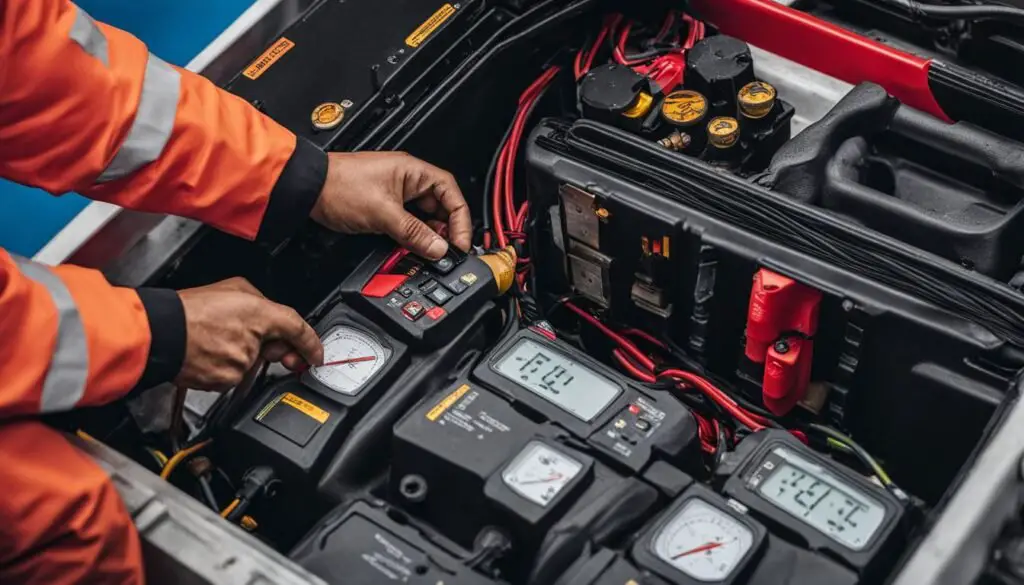
Conclusion
Carrier reefer code A28 is a common issue encountered in refrigerated transport. Understanding the possible causes and following the troubleshooting steps can help diagnose and fix the problem. Regular maintenance and prompt repairs are essential to ensure the proper functioning of carrier reefer units and maintain the integrity of temperature-controlled shipping.
Utilizing advanced technologies like carrier reefer tracking can also enhance the efficiency of refrigerated transport operations. These tracking systems allow us to monitor the performance of carrier reefer units, detect potential issues, and take proactive measures to prevent disruptions in temperature-controlled shipping.
If the issue persists or if further assistance is required, it is recommended to consult with a professional technician who is familiar with carrier reefer systems. They have the expertise and experience to address complex problems and provide effective solutions that meet the specific needs of refrigerated transport.
FAQ
How can I fix Carrier Reefer Code A28?
To fix Carrier Reefer Code A28, you can take the following steps:
– Check for any leaks in the refrigerant system and recharge if necessary.
– Ensure the evaporator is not iced up.
– Verify the refrigerant level in the sight glass on the receiver tank.
– Replace the expansion valve or clean the coils if needed.
If the issue persists, it is recommended to consult with a qualified technician for proper troubleshooting and repair.
What are the common causes of Carrier Reefer Code A28?
The common causes of Carrier Reefer Code A28 include:
– Low refrigerant level due to leaks in the system.
– Malfunctioning expansion valve.
– Clogged condenser or iced up evaporator.
These issues can affect the functionality of refrigerated transportation systems, such as reefer trucking and reefer container monitoring.
What are the troubleshooting and repair tips for Carrier Reefer Code A28?
When encountering Carrier Reefer Code A28, you can take the following troubleshooting and repair steps:
– Check the refrigerant level and inspect for any leaks.
– Recharge the system if necessary and ensure the refrigerant level in the sight glass on the receiver tank.
– Inspect the expansion valve for malfunctions and replace if needed.
– Check the condenser for clogs or obstructions and clean if necessary.
Proper maintenance and timely repairs are crucial for carrier reefer units to function optimally and ensure smooth reefer transport solutions. Utilizing carrier reefer tracking systems can also help with monitoring and detecting potential issues.
Why is it important to address Carrier Reefer Code A28 promptly?
It is important to address Carrier Reefer Code A28 promptly to ensure the integrity of temperature-controlled shipping and maintain cold chain logistics. Delaying the resolution of the issue can result in compromised refrigerated freight services and potentially lead to costly damage to perishable goods.

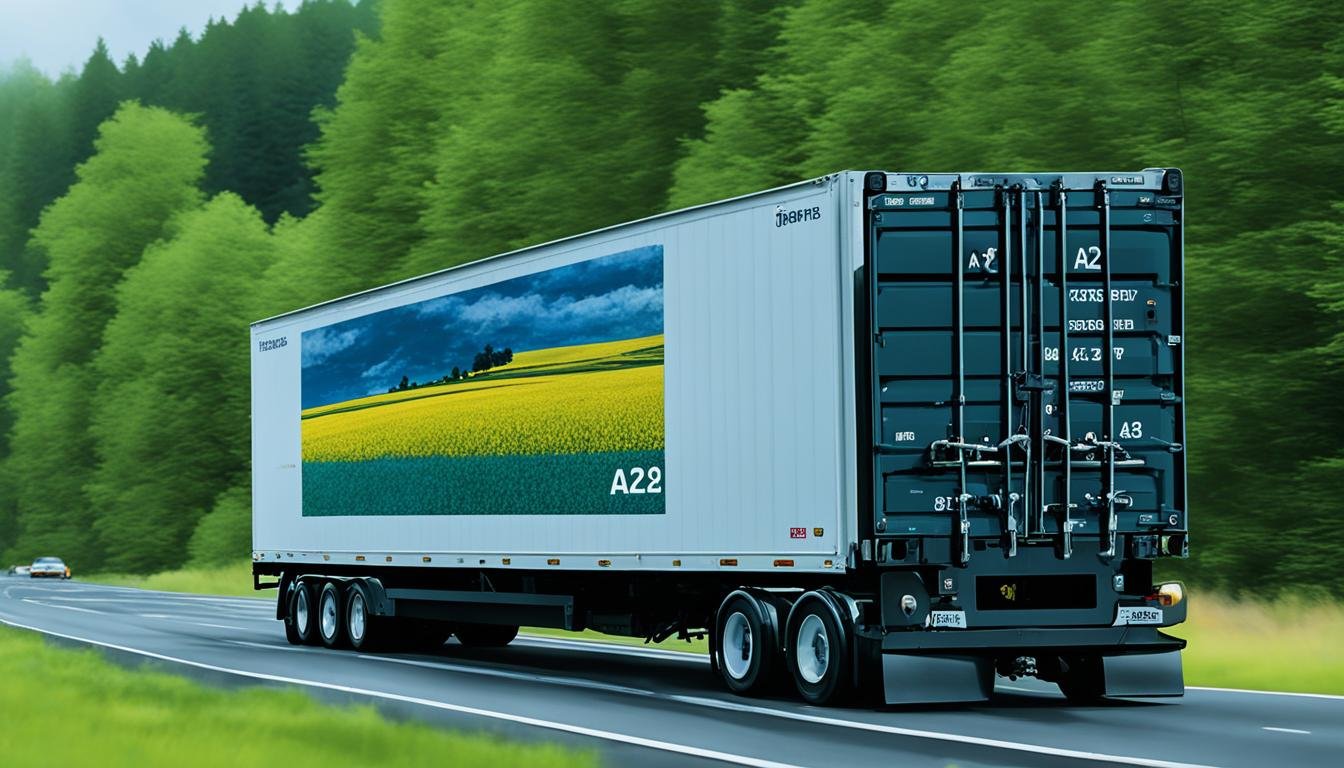
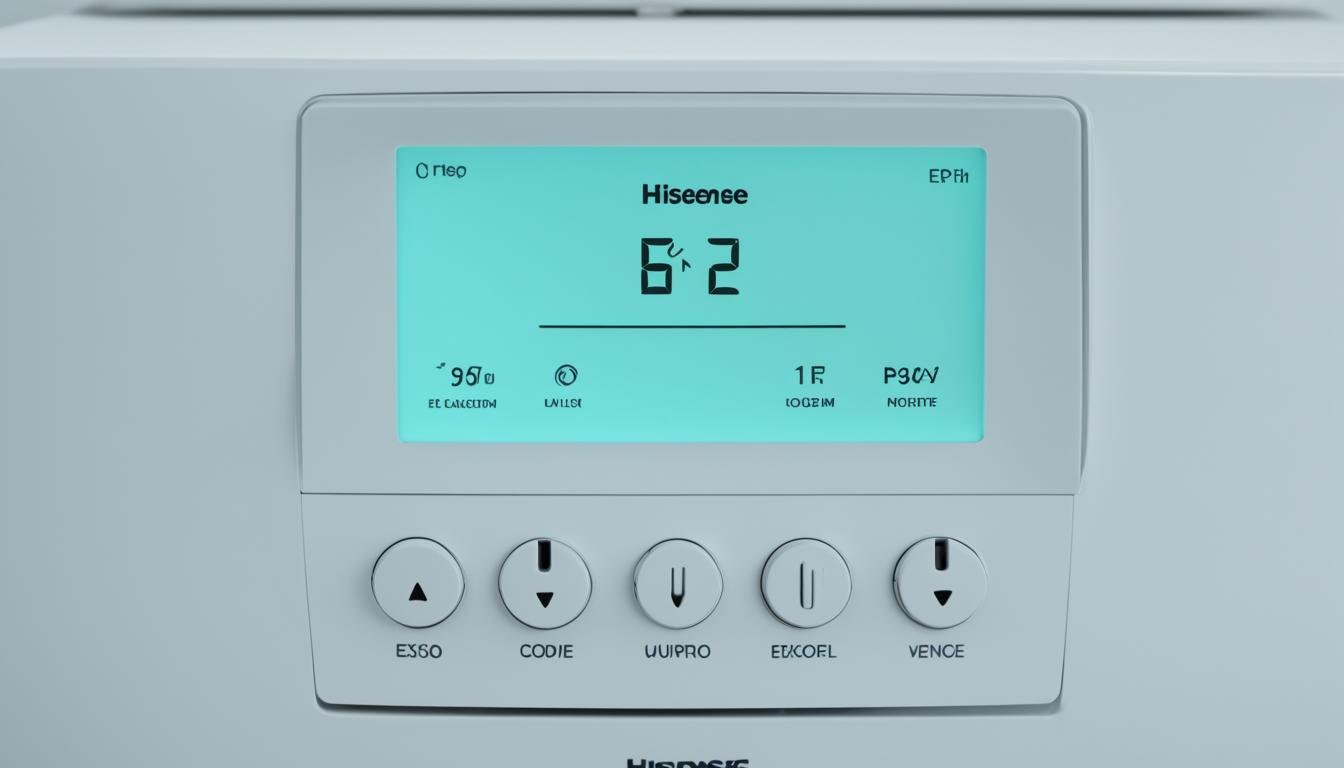
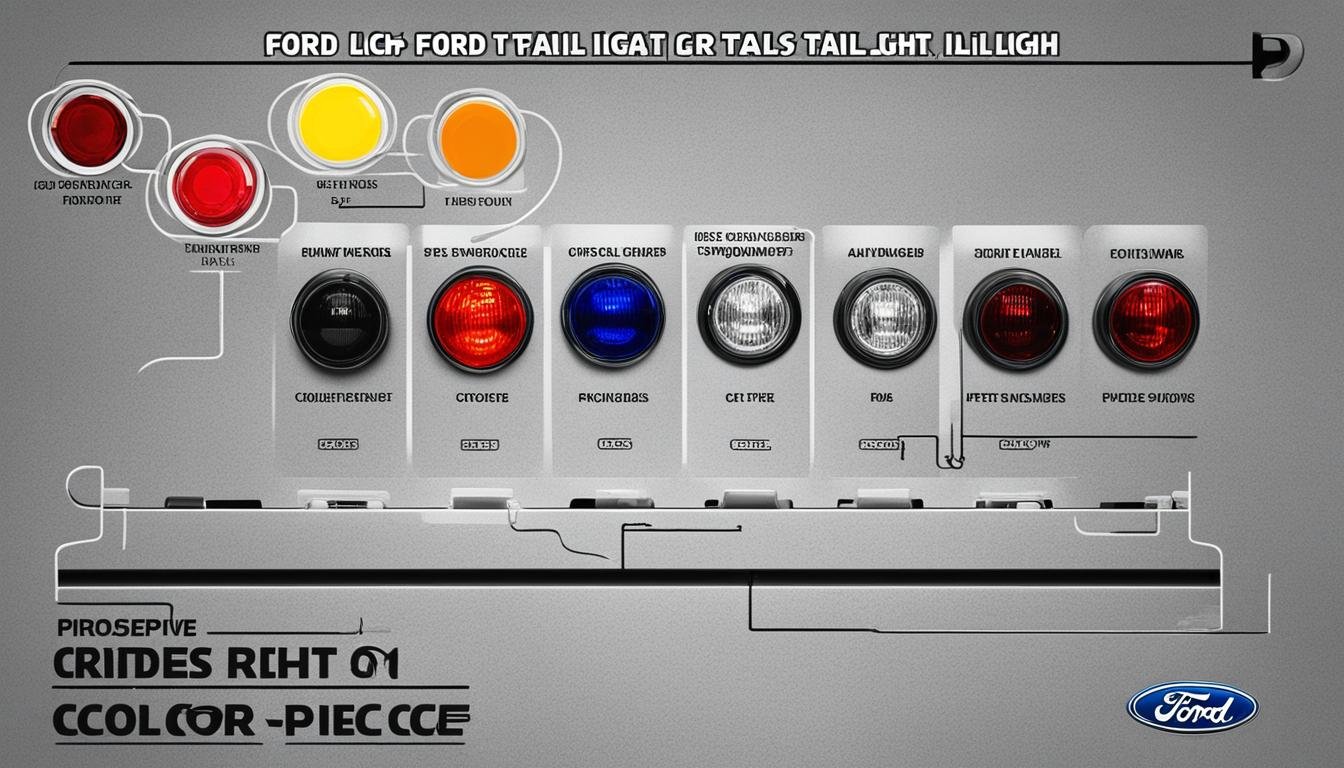
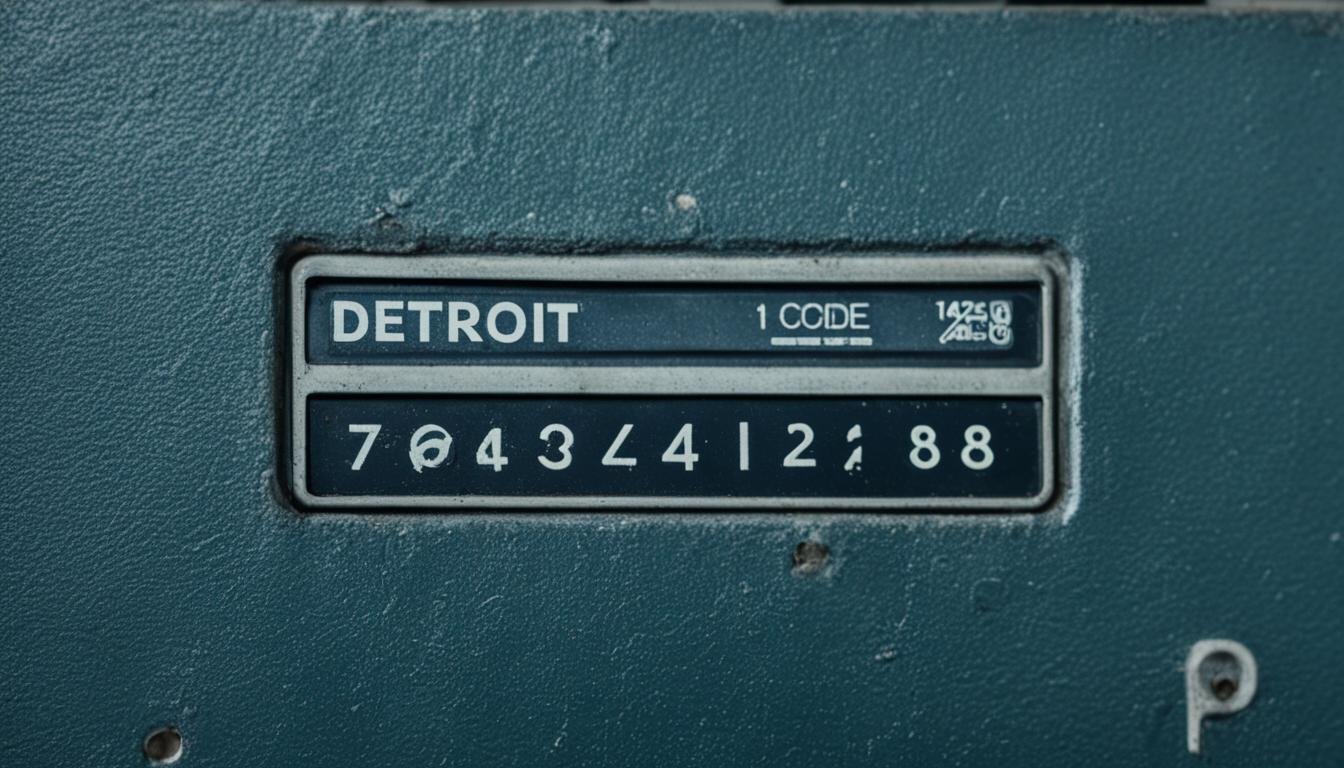

Leave a Reply